Have you ever dreamed of escaping to a tropical paradise with pristine beaches and exotic culture? Look no further than Zanzibar, a hidden gem nestled off the coast of East Africa. But where exactly is this enchanting destination located? As you plan your next getaway, understanding Zanzibar's geographical position is essential.
In this article, you'll discover the precise location of Zanzibar, its relationship to mainland Tanzania, and the unique characteristics that make it a sought-after travel destination. Prepare to embark on a virtual journey to this captivating archipelago and uncover the secrets of its alluring location.
Overview of Zanzibar
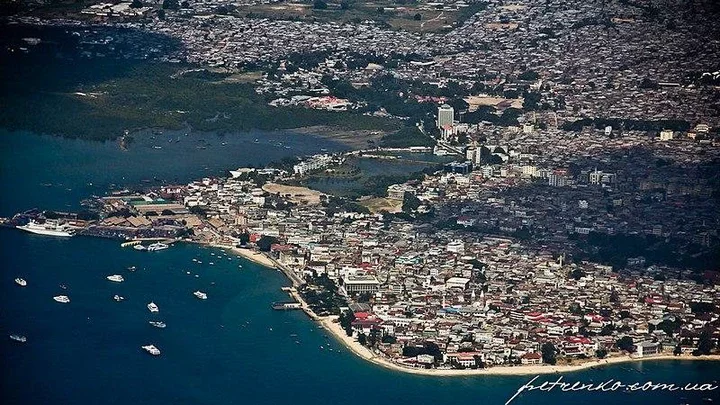
Zanzibar is an enchanting archipelago off the coast of East Africa, consisting of two main islands, Unguja and Pemba, along with numerous smaller islets. Known for its pristine beaches, turquoise waters, and spice plantations, Zanzibar is a semi-autonomous region of Tanzania that captivates visitors with its unique blend of African, Arab, and European influences.
The islands' strategic location in the Indian Ocean has shaped Zanzibar's identity over centuries. Once a major trading hub for spices, slaves, and ivory, Zanzibar's history is reflected in its diverse population and architectural wonders. Stone Town, the historic heart of Zanzibar City, is a UNESCO World Heritage site, boasting narrow alleys, ornate doors, and a fascinating mix of Swahili, Arab, Persian, Indian, and European elements.
Beyond its cultural riches, Zanzibar is renowned for its natural beauty. The archipelago is home to rare species like the Zanzibar red colobus monkey and the Zanzibar servaline genet. Its coral reefs teem with vibrant marine life, making it a paradise for snorkelers and divers. The islands' lush landscapes are dotted with spice farms, offering visitors a chance to explore the aromatic world of cloves, cinnamon, and nutmeg that earned Zanzibar its nickname, "Spice Islands."
Zanzibar, an enchanting archipelago, is nestled in the azure waters of the Indian Ocean, just off the eastern coast of Tanzania in East Africa. This tropical paradise consists of two main islands, Unguja (often referred to as Zanzibar Island) and Pemba, along with numerous smaller islets.
Zanzibar is situated approximately 25-50 kilometers (15-30 miles) from the Tanzania mainland. The archipelago lies between 5 and 6 degrees south of the equator, positioning it in a prime tropical location. Specifically, Unguja, the larger and more populous island, is located at 6°8′S 39°20′E.
As part of the broader East African region, Zanzibar is surrounded by other notable geographical features. To the north lies Kenya, while Mozambique is to the south. The vast expanse of the Indian Ocean stretches to the east, connecting Zanzibar to distant lands like India and Indonesia.
Unguja, the main island, spans about 85 kilometers (53 miles) long and 39 kilometers (24 miles) wide at its broadest point. Pemba, the second-largest island, is located about 50 kilometers (31 miles) north of Unguja. These islands, along with their smaller counterparts, form a unique ecosystem that blends African and Arabian influences, creating a distinct Swahili culture.
Understanding Zanzibar's location is key to appreciating its rich history as a trading hub and its current status as a sought-after tourist destination. Its strategic position has shaped its development, making it a fascinating blend of cultures, cuisines, and traditions.
Is Zanzibar a country or a part of Tanzania?
Zanzibar's status often puzzles many travelers and geography enthusiasts. To clarify, Zanzibar is not an independent country but rather a semi-autonomous region within the United Republic of Tanzania. This unique arrangement stems from a complex historical and political background.
Zanzibar was once an independent sultanate with a rich trading history. In 1964, shortly after gaining independence from British rule, Zanzibar united with Tanganyika to form Tanzania. This union created a distinctive political structure where Zanzibar maintains a significant degree of self-governance while being part of the larger Tanzanian nation.
Today, Zanzibar enjoys a special status within Tanzania. It has its own:
President
House of Representatives
Legal system
However, it shares certain governmental functions with mainland Tanzania, such as foreign affairs and defense. This arrangement allows Zanzibar to preserve its unique identity and manage many of its internal affairs independently.
For tourists, understanding Zanzibar's status is crucial. While you're technically visiting Tanzania, you'll encounter distinct cultural and administrative differences on the islands. Zanzibar's semi-autonomous nature contributes to its allure as a destination, blending African, Arab, and Indian influences into a captivating tropical paradise within the Tanzanian framework.
The History of Zanzibar and How It Became Part of Tanzania
Zanzibar's rich history spans millennia, with its strategic location off the East African coast making it a hub for trade and cultural exchange. Arab traders first settled on the island in the 8th century, establishing a thriving spice trade. By the 16th century, Portugal had seized control, only to be ousted by Omani Arabs in the late 17th century. The Omani sultanate made Zanzibar its capital in 1840, solidifying Arab influence over the island.
In 1890, Zanzibar became a British protectorate, ushering in a new era of colonial rule. This period saw significant economic and social changes, including the abolition of slavery in 1897. As African nationalism grew in the mid-20th century, Zanzibar gained independence from British rule on December 10, 1963, becoming a constitutional monarchy under Sultan Jamshid bin Abdullah.
Revolution and Union with Tanganyika
The sultanate's reign was short-lived. On January 12, 1964, the Zanzibar Revolution overthrew the monarchy, establishing the People's Republic of Zanzibar and Pemba. Just three months later, on April 26, 1964, Zanzibar united with Tanganyika to form the United Republic of Tanzania. This union brought together the mainland and the islands, creating the modern nation-state we know today. Zanzibar maintains semi-autonomous status within Tanzania, with its own government and president, while sharing foreign affairs, defense, and monetary policy with the mainland.
How to Get to Zanzibar Island
Getting to Zanzibar Island is an adventure in itself, with several transportation options available to suit different preferences and budgets. Here's a comprehensive guide to help you plan your journey to this tropical paradise.
By Air: The Fastest Route
Flying is the most convenient way to reach Zanzibar. The island's main airport, Abeid Amani Karume International Airport, receives flights from various international destinations. You can also fly to Julius Nyerere International Airport in Dar es Salaam, Tanzania's largest city, and then take a short domestic flight to Zanzibar.
By Ferry: A Scenic Journey
For a more budget-friendly option, consider taking a ferry from Dar es Salaam to Zanzibar. The journey takes about two hours and offers stunning views of the Indian Ocean. Two main ferry companies operate this route: Azam Marine and Fast Ferries. It's advisable to book your tickets in advance, especially during peak tourist seasons.
Cruise Ships: A Luxurious Approach
If you're looking for a more luxurious experience, some cruise lines include Zanzibar as a port of call in their East African itineraries. This option allows you to explore the island as part of a larger journey, though your time on Zanzibar may be limited.
Remember to check visa requirements before your trip, as entry regulations can vary depending on your nationality and the purpose of your visit to Zanzibar.
Popular Destinations to Visit in Zanzibar
These are some popular destinations to visit in Zanzibar:
Stone Town
Stone Town, the historic heart of Zanzibar City, is a UNESCO World Heritage site that captivates visitors with its narrow alleys, ornate doors, and rich cultural heritage. You'll find yourself immersed in a maze of winding streets, bustling bazaars, and architectural marvels that blend African, Arab, Indian, and European influences. Don't miss the House of Wonders, the Old Fort, and the Palace Museum for a glimpse into Zanzibar's fascinating past.
Nungwi Beach
Located on the northernmost tip of Zanzibar, Nungwi Beach is renowned for its pristine white sands and crystal-clear turquoise waters. You can indulge in various water activities, including snorkeling, diving, and dhow cruises. The beach is also famous for its breathtaking sunsets, making it an ideal spot for romantic evenings or peaceful contemplation.
Jozani Forest
Nature enthusiasts will find solace in Jozani Forest, home to the rare red colobus monkey. As you explore this lush tropical rainforest, you'll encounter diverse flora and fauna, including mangrove swamps and unique bird species. Guided tours offer insights into the forest's ecosystem and conservation efforts.
Prison Island
Also known as Changuu Island, this small island off the coast of Stone Town offers a unique blend of history and natural beauty. You can tour the former prison, now a hotel, and interact with giant Aldabra tortoises. The island's secluded beaches and coral reefs provide excellent opportunities for swimming and snorkeling.
The Spice Farms
No visit to Zanzibar is complete without exploring its famous spice farms. These aromatic plantations offer guided tours where you can learn about the cultivation and uses of various spices like cloves, nutmeg, and cinnamon. You'll gain a deeper appreciation for Zanzibar's nickname, "Spice Island," and even have the chance to purchase fresh spices as souvenirs.
How to Travel Around Zanzibar
These are the various means you can use to travel around Zanzibar:
By Dala-dala
Dala-dalas, Zanzibar's local minibuses, offer an authentic and budget-friendly way to explore the island. These colorful vehicles operate on set routes, connecting major towns and villages. While they can be crowded and lack air conditioning, dala-dalas provide an immersive cultural experience and a chance to mingle with locals.
Renting a Scooter or Car
For more independence, consider renting a scooter or car. Scooters are perfect for navigating narrow streets and reaching secluded beaches, while cars offer comfort for longer journeys. Remember to drive on the left side of the road and be cautious of unpaved areas. Always wear a helmet when riding a scooter and ensure you have proper insurance coverage.
Taxi Services
Taxis are readily available in Zanzibar, especially in tourist areas and larger towns. While convenient, they can be more expensive than other options. Always negotiate the fare before starting your journey, as meters are not commonly used. For a more reliable experience, consider using ride-hailing apps that operate on the island.
Boat Travel
To explore Zanzibar's surrounding islands or reach more remote coastal areas, boat travel is essential. Regular ferry services connect Zanzibar to nearby islets like Pemba and Mafia. For a luxurious experience, consider chartering a private dhow, a traditional sailing vessel, for island-hopping adventures or sunset cruises along Zanzibar's picturesque coastline.
When is the Best Time to Visit Zanzibar?
These are some of the best times to visit Zanzibar:
Peak Season: June to October
The best time to visit Zanzibar largely depends on your preferences, but the peak tourist season runs from June to October. During these months, you'll experience warm, dry weather with temperatures hovering around 28°C (82°F). This period offers ideal conditions for beach activities, snorkeling, and exploring the island's rich cultural heritage. However, keep in mind that prices tend to be higher and popular attractions are more crowded during this time.
Off-Peak Season: March to May
For budget-conscious travelers or those seeking a quieter experience, consider visiting Zanzibar during the off-peak season from March to May. This period coincides with the long rainy season, characterized by brief, intense showers and higher humidity. While some outdoor activities may be limited, you'll find fewer tourists and more affordable accommodation options. It's an excellent time to immerse yourself in local culture and enjoy the lush, green landscapes.
Shoulder Season: November to February
The shoulder season, from November to February, offers a balanced mix of good weather and reasonable prices. This period falls between the short rains of November and the start of the long rains in March. You can expect warm temperatures and occasional short showers, perfect for combining beach relaxation with cultural excursions. It's an ideal time to visit Zanzibar if you want to avoid peak season crowds while still enjoying favourable weather conditions.
Interesting Facts about Zanzibar Islands
These are some interesting facts about the Zanzibar Islands:
Spice Island Paradise
Zanzibar is renowned as the "Spice Island" due to its rich history of spice production. You'll find clove, nutmeg, cinnamon, and black pepper plantations across the archipelago. These aromatic treasures have played a crucial role in shaping Zanzibar's economy and culture for centuries.
Birthplace of Freddie Mercury
The iconic Queen frontman, Freddie Mercury, was born in Stone Town, Zanzibar's historic center. While he left the island at a young age, his legacy lives on, attracting music enthusiasts from around the world.
UNESCO World Heritage Site
Stone Town, with its unique blend of Arab, Persian, Indian, and European architectural influences, was designated a UNESCO World Heritage Site in 2000. You'll be captivated by its narrow alleys, intricately carved wooden doors and bustling bazaars.
Home to the Zanzibar Red Colobus Monkey
This endangered primate species is endemic to Zanzibar. You can spot these distinctive monkeys in the Jozani Forest, the island's only national park. Their striking red fur and playful nature make them a favorite among wildlife enthusiasts.
Underwater Wonderland
Zanzibar boasts some of the most spectacular diving and snorkeling spots in East Africa. You'll encounter vibrant coral reefs, diverse marine life, and even the opportunity to swim with dolphins in their natural habitat.
Frequently Asked Questions
These are some frequently asked questions and answers about Zanzibar.
Is Zanzibar a country?
No, Zanzibar is not an independent country. It's a semi-autonomous region within Tanzania, consisting of several islands off the east coast of Africa. While it has its own government and president, it remains part of the United Republic of Tanzania.
What's the best time to visit Zanzibar?
The best time to visit Zanzibar is during the dry seasons, which occur from June to October and December to March. These periods offer ideal weather for beach activities and sightseeing. However, the island's tropical climate means it's warm year-round, with temperatures averaging 28°C (82°F).
Is Zanzibar safe for tourists?
Generally, Zanzibar is considered safe for tourists. However, as with any travel destination, it's wise to take standard precautions. Be aware of your surroundings, especially in crowded areas, and avoid displaying valuable items. It's also recommended to drink bottled water and use mosquito repellent to prevent malaria.
What language is spoken in Zanzibar?
The primary languages spoken in Zanzibar are Swahili and English. Swahili is the main language of communication among locals, while English is widely used in the tourism industry. Learning a few basic Swahili phrases can enhance your experience and show respect for the local culture.
Conclusion
As you've discovered, Zanzibar's location off the coast of Tanzania makes it a unique destination blending African and Arab influences. Its position in the Indian Ocean has shaped its rich history as a trade hub and cultural melting pot. Whether you're drawn to its pristine beaches, historic Stone Town, or vibrant spice markets, understanding Zanzibar's geographic context enhances appreciation for this island paradise. As you plan your visit, keep in mind how its equatorial climate and island terrain will impact your experience. Zanzibar's strategic location continues to make it an alluring destination for travelers seeking an exotic getaway with a fascinating backstory.

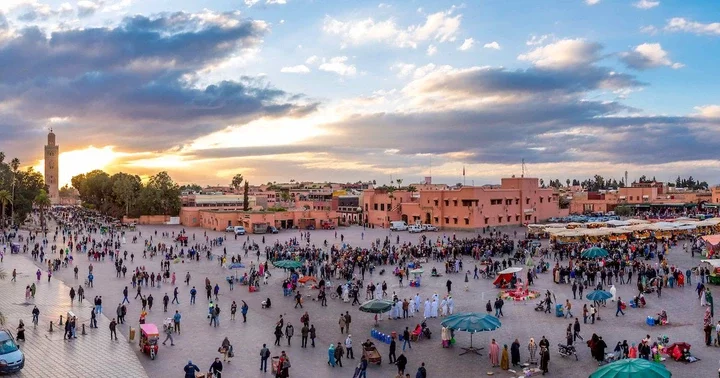
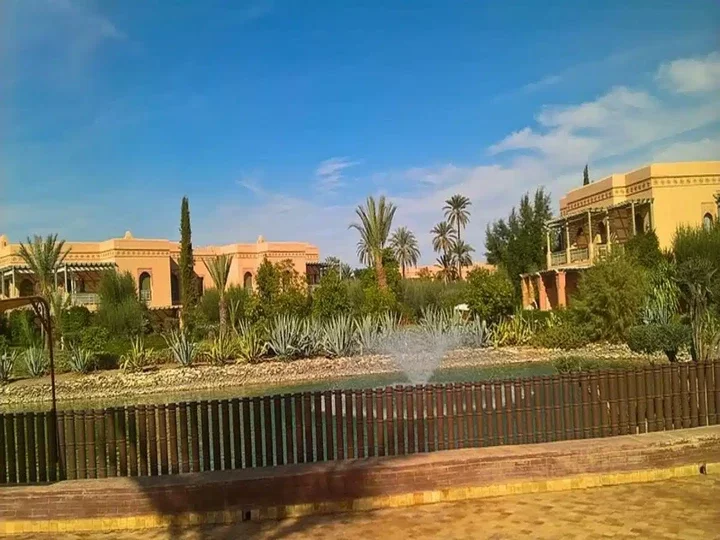

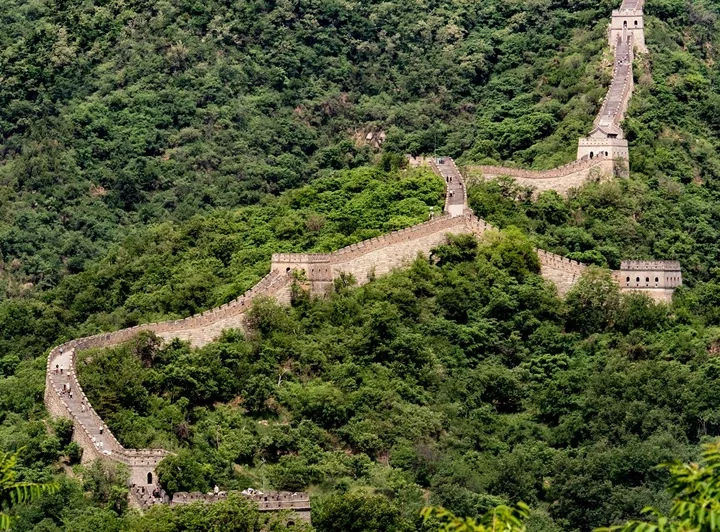

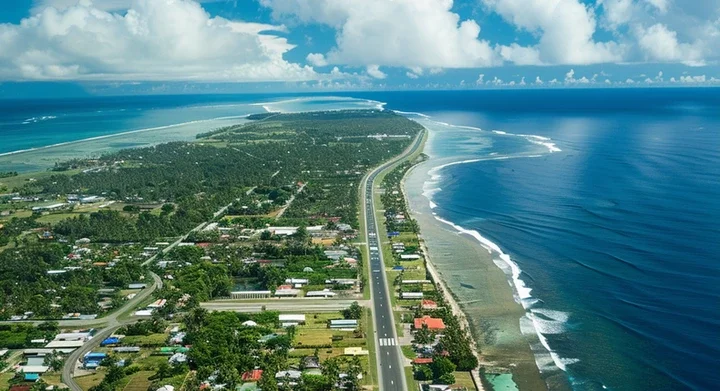










Comments